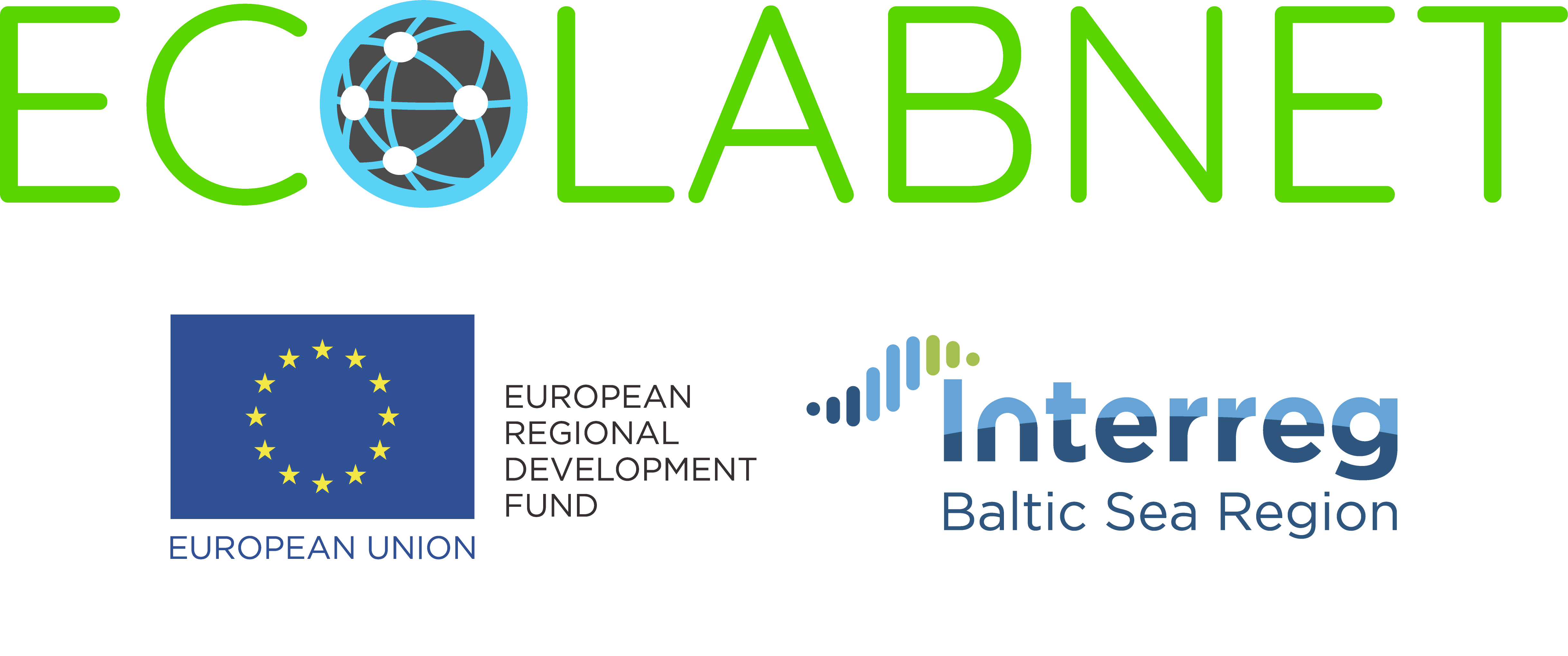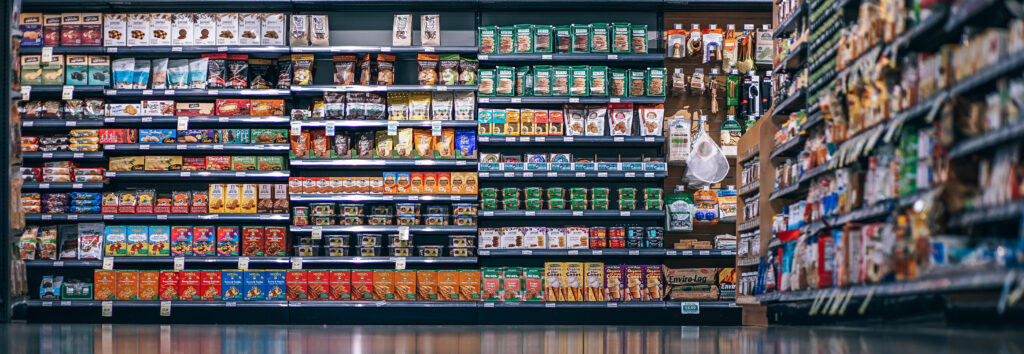
Writer: Veera Hautala, Vaasa university of Applied Sciences, Design Centre MUOVA.
Ecolabnet project researchers participated in the leading industrial event in Northern Europe in Helsinki on March 11-12, 2020, called PacTec, FoodTec & PlastExpo Nordic. A total of 2,765 visitors visited the fair over two days. Although the current coronavirus significantly reduced the number of visitors, the fair was very successful and inspiring. Many of the current trends and opportunities were on display at the packaging fair, which was well summed up in a lecture by Maija Olkkonen-Seppo (Packdesing ID) – Packaging Design and Megatrends. She listed 5 trends and I will highlight a few examples of what kind of packaging consumers most likely will appreciate in the future.
In the future, packaging will have a greater impact on customers decisions and will be more critical to product and brand success as well as enabling effective differentiation.
1. Going green – do real deeds as green wash time is over
Many of the new packaging trends reflect thinking about the future of zero waste. Packaging material is reduced, which benefits both the consumer and the producer. Lower material costs will materialize in the end user’s everyday life, when packaging can fit in a smaller space and waste handling will be easier. The aim is to open the authentic story of the product, and from this point of view too, green washing is quickly revealed alongside the authentic green brand story.
Today’s awake consumers pay attention among other things to eco friendliness, the amount of plastic used in product, carbon footprint and recyclability. Consumers expect companies to take responsibility so that they do not have to spend time and energy investigating the matter themselves. Responsibility is no longer a reason to pay more for a product. That is a matter of course for many consumers. It is also good to stop to think about what kind of package size is appropriate from the consumer’s point of view. Households of one or two people, for example, often prefer a smaller size in food packaging and this already has a significant effect on the amount of food waste. Packaging costs you money, plain and simple. If your product doesn’t need extra material around it, don’t use it. Not all products need or should be hidden under multiple packages
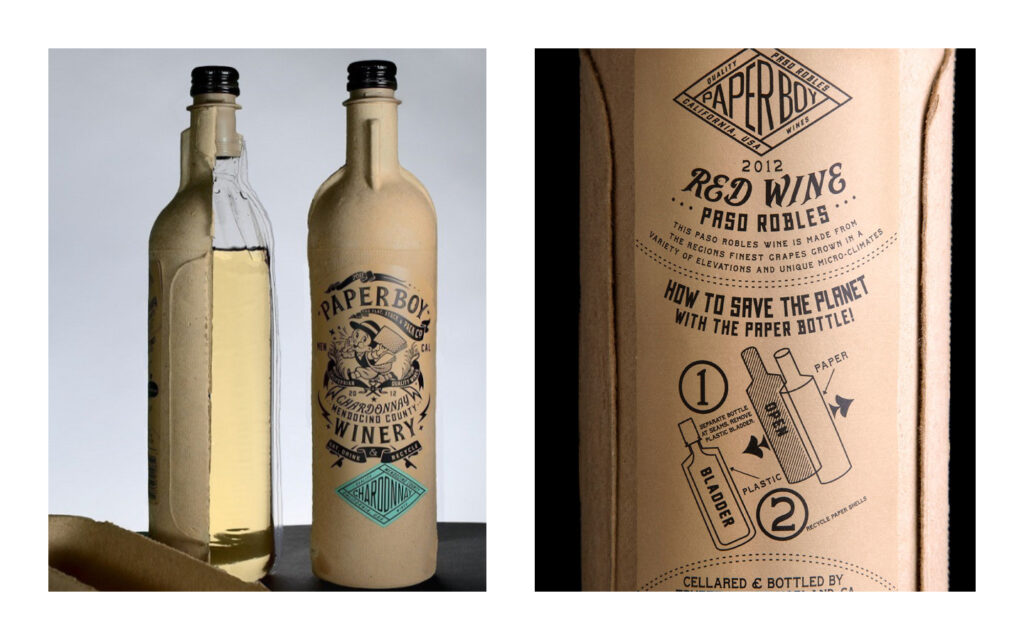
One rising trend is also refill packaging, which reduces both the packaging material and the weight of the product when, for example, water is completely removed. Did you know that typical home cleaning products contain about 80% water? Basically, we carry mostly water on our cargo ships. What if this water was added only at home and instead of new plastic packaging you bought only one necessary one. A great example of this is Design Academy Eindhoven Graduate Mirjam de Bruijns concept which is named Twenty. She has condensed detergent, dish soap and shampoo into solid forms that are activated by water.
A good way to make people fall in love with your product is to be eco-friendly. One way in addition to changing the packaging material is to come up with another use for the packaging in addition to acting as a protective cover. The instant coffee package in the picture also works as a coffee cup if necessary, and the honey package works as both a honey package and a candle. The packaging of the honey product also serves as the product itself. This honey packaging is made with honey wax. It acts as both a honey pack and a candle. Instead of using a honey comb print or illustration, the packaging is turned into honey. It uses honey as an fuel like oil candle and the package is 100% made of honey except for it’s lid.
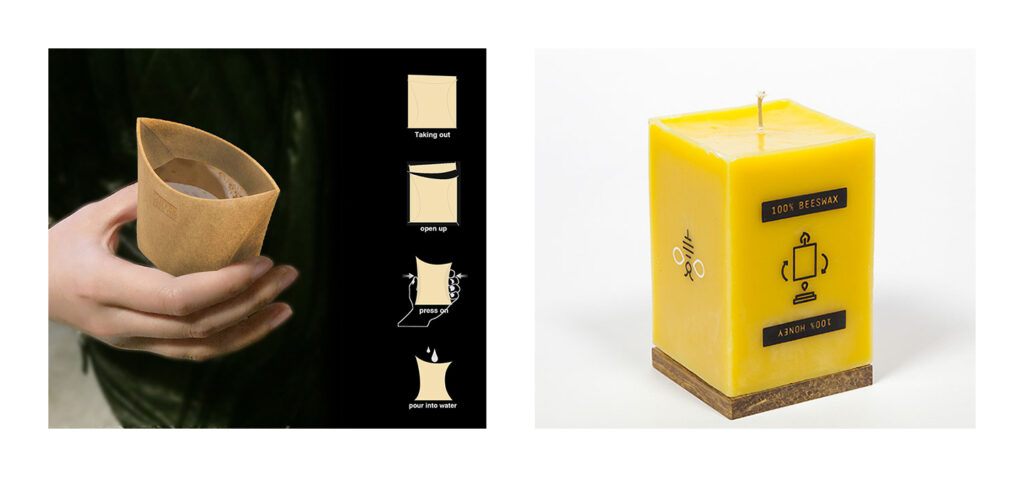
Even one major piece of packaging changes the perception of the brand quickly, not all ecological choices are seen by the consumer on top, so these are also important messages to consumers. Consumers are interested in recycling, so it is also important to make it as easy as possible for them.
2. Easier is easier – usability is in everyone’s interest. Good usability for a special group means better usability for everyone.
As the population ages, more attention has also been paid to the usability of packaging. However, easy-to-open packages and a clear appearance are not necessarily only for the benefit of the elderly, but are also then easy to use for all of us. The packaging is therefore expected to have life-promoting properties that support the use of the product. In this way, we also build a caring and customer-aware brand image among consumers.
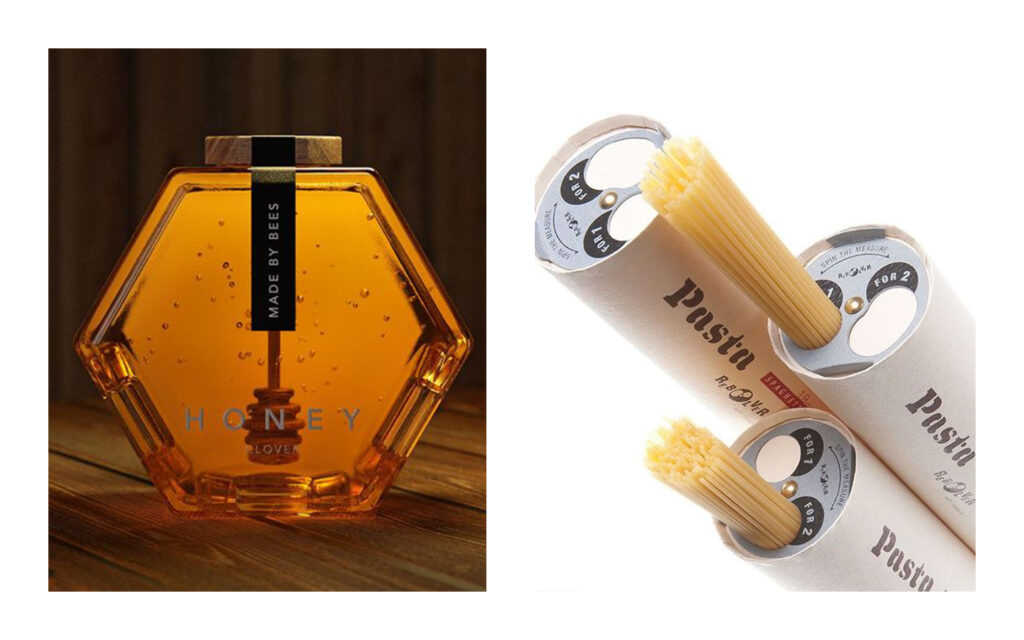
The packages may provide means for using the product, for example, such as an image honey jar or a pasta package, which facilitates dispensing. The packaging can also make it easier to use the product completely, so that no drops of the product are wasted. An example of such a package is a tube of toothpaste, which can be easily opened at both ends if necessary. How would your packaging make life easier for your own target group?
3. Just for you – identify individual needs and desires. Find solutions that appeal to the consumer
Responds in particular to the need for young consumers to experience that the brand treats them as unique individuals. It is important to consider the relevance of the solutions to your own target group: combining the use situation and the need of the product.

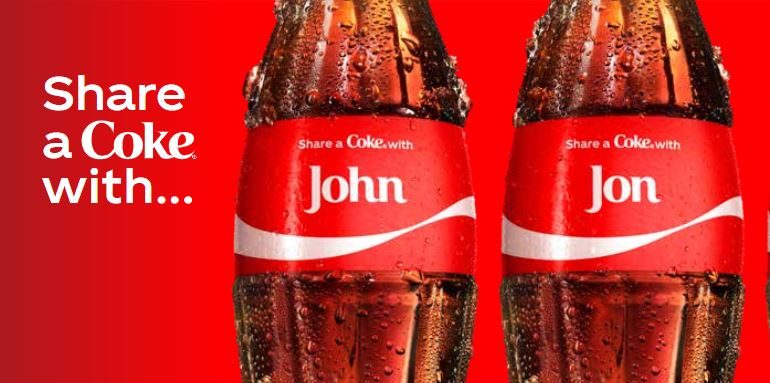
A few companies have allowed their customers to design their own wrapping to suit their needs. Like Fazer in their chocolate bars and Coca-Cola in their own bottles. A chocolate bar is often given as a gift in a variety of situations and Fazer has sought to respond to this need by giving the consumer the opportunity to write the message he or she wants to convey when giving the chocolate bar. Such an option may also make the card unnecessary. Coca Cola, on the other hand, encourages a person to share the product with a friend and also buy a refreshment bottle with his or her name.
4. In all honesty – Tell the authentic story of your brand with packaging.
Make it what it is. Show proudly on the packaging what your product is made of or who made it.

Analyze what your product stands for, and show that in your packaging. If you have a high-quality and beautiful product, let the product speak for itself, don’t cover it. Keep the packaging simple, clean and show the consumers what they are buying. The trend in the visuals of packaging is simplicity. There is little effort to use inks, and the main part is the product, fonts and materials. Vintage spirituality and a “no label look” created with transparent stickers also raises their heads.
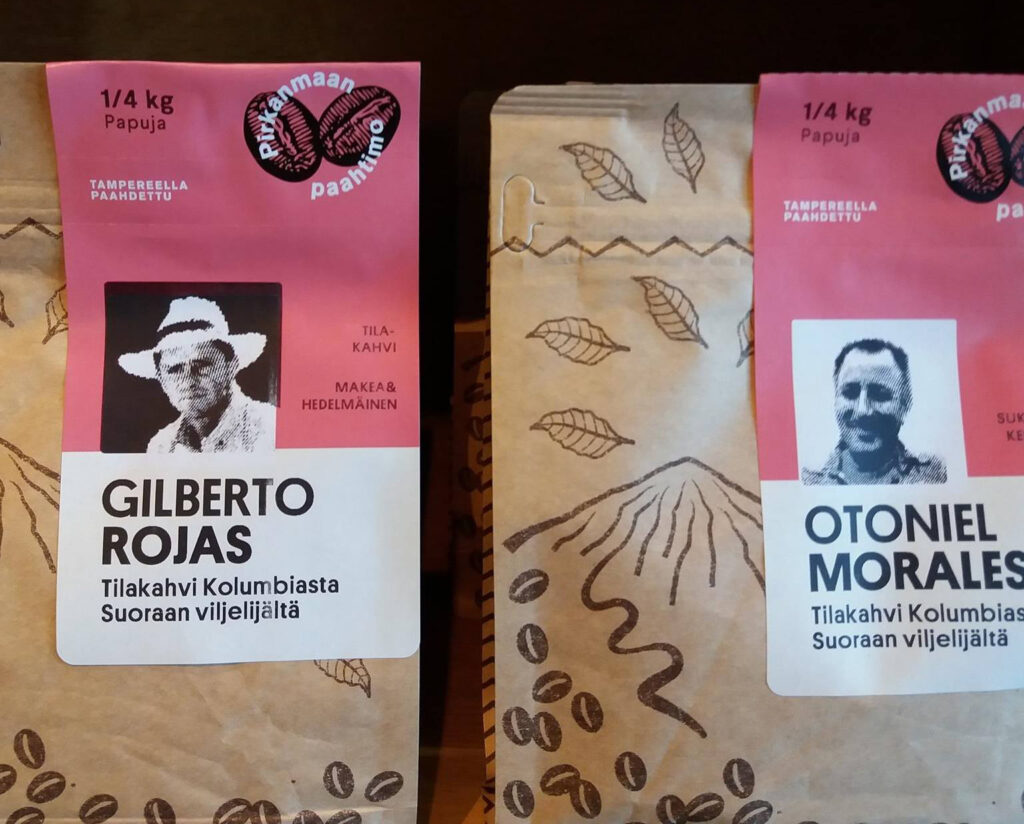

People love the stories and revealed “secrets” behind a product that they don’t usually get to know when buying a product. You do yourself a great service by being honest and telling, for example, the story of the family or farm that made the product, such as the Pirkanmaa roastery and Arla. These two Finnish packages tell a unique story about the farms behind the product and also give the consumer a message that the company in question is acting responsibly and they make sure that the premium at the beginning of the product is also in place.
5. Something extra – stand out with experiences
A good way to stand out from the competition is to provide consumers new experiences. Experientialism is a growing and significant trend that brings good mood and fun to everyday life. What is important, however, is that the packaging is in line with the product and the brand: the everyday basic product vs. the special product.

Remember to stay weird and use humor! Utilizing the things that are essential to your brand and product in a humorous way will make your product stand out in a whole new light and stand out from the competition. Examples include Nike’s air-packed footwear, which utilizes the idea that came from the brand name, and wool yarn packaging, which in turn utilizes the texture of the product and its origin.
Society is changing and packaging comes with it. The new consumer generation is increasingly appreciating sustainable solutions and disposables to think about. Is reusable packaging becoming more common and creating completely new business models around it, and what happens to the product range and its scope?
